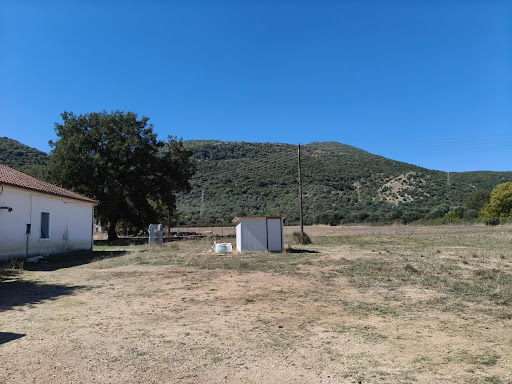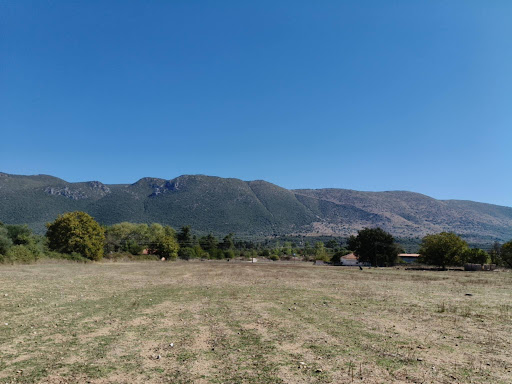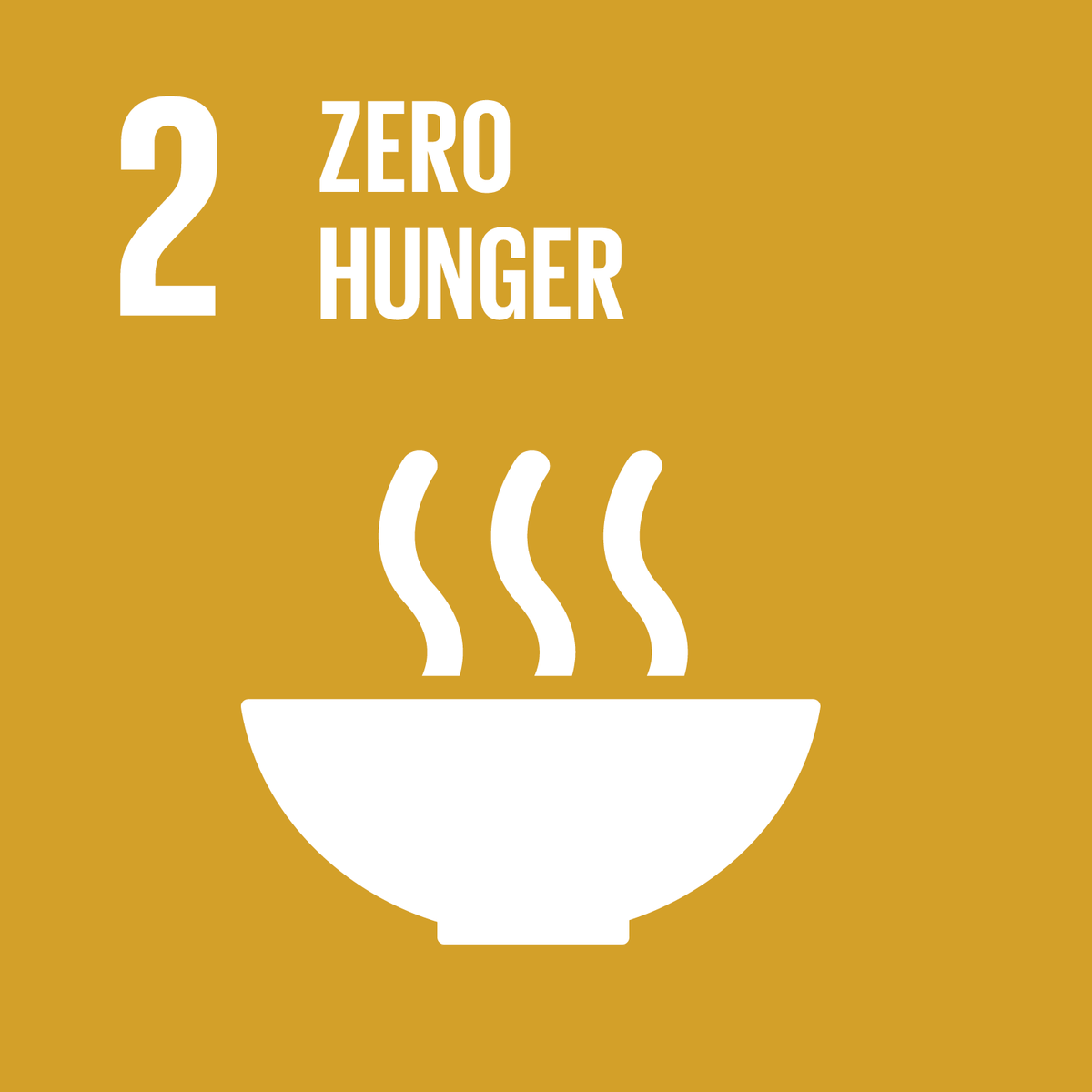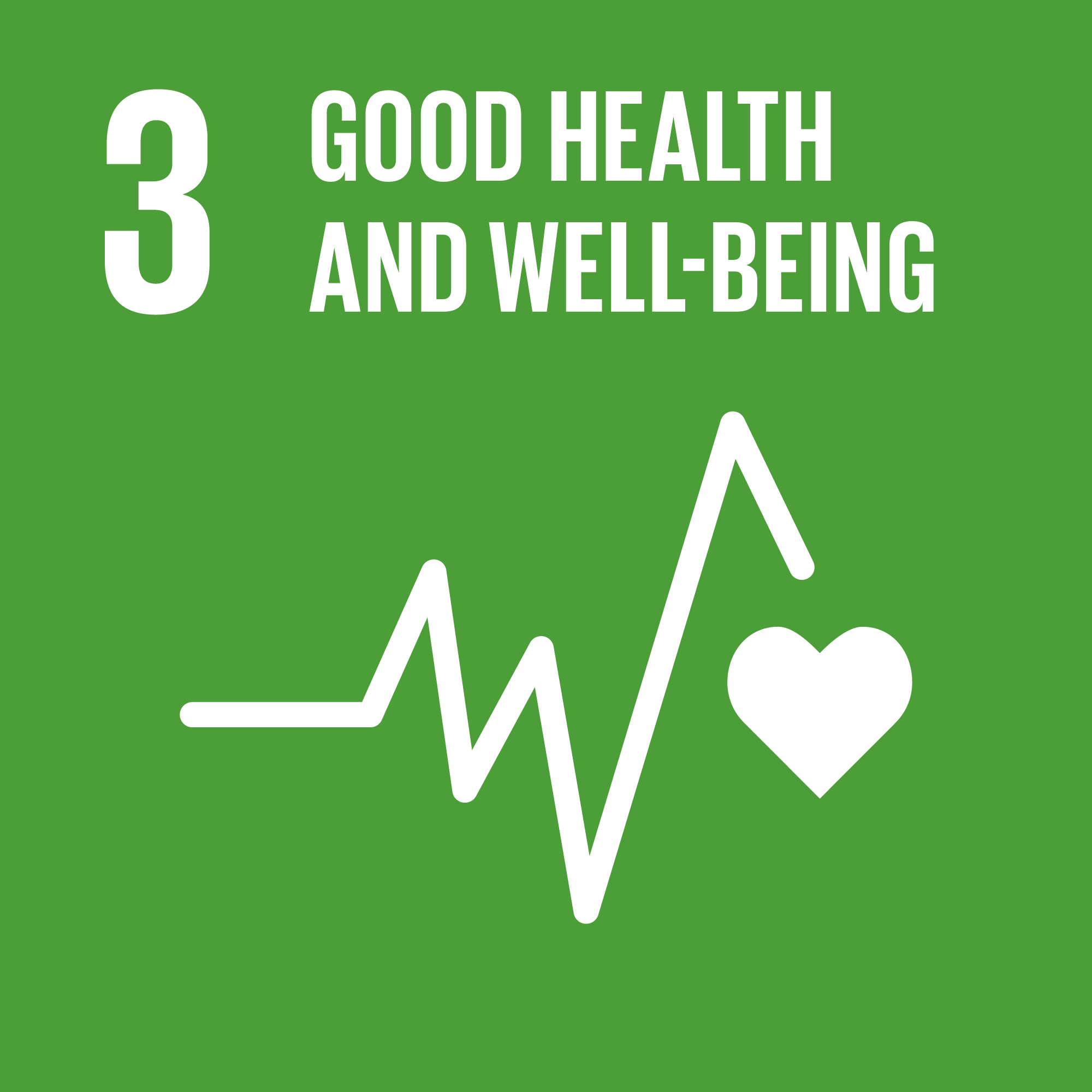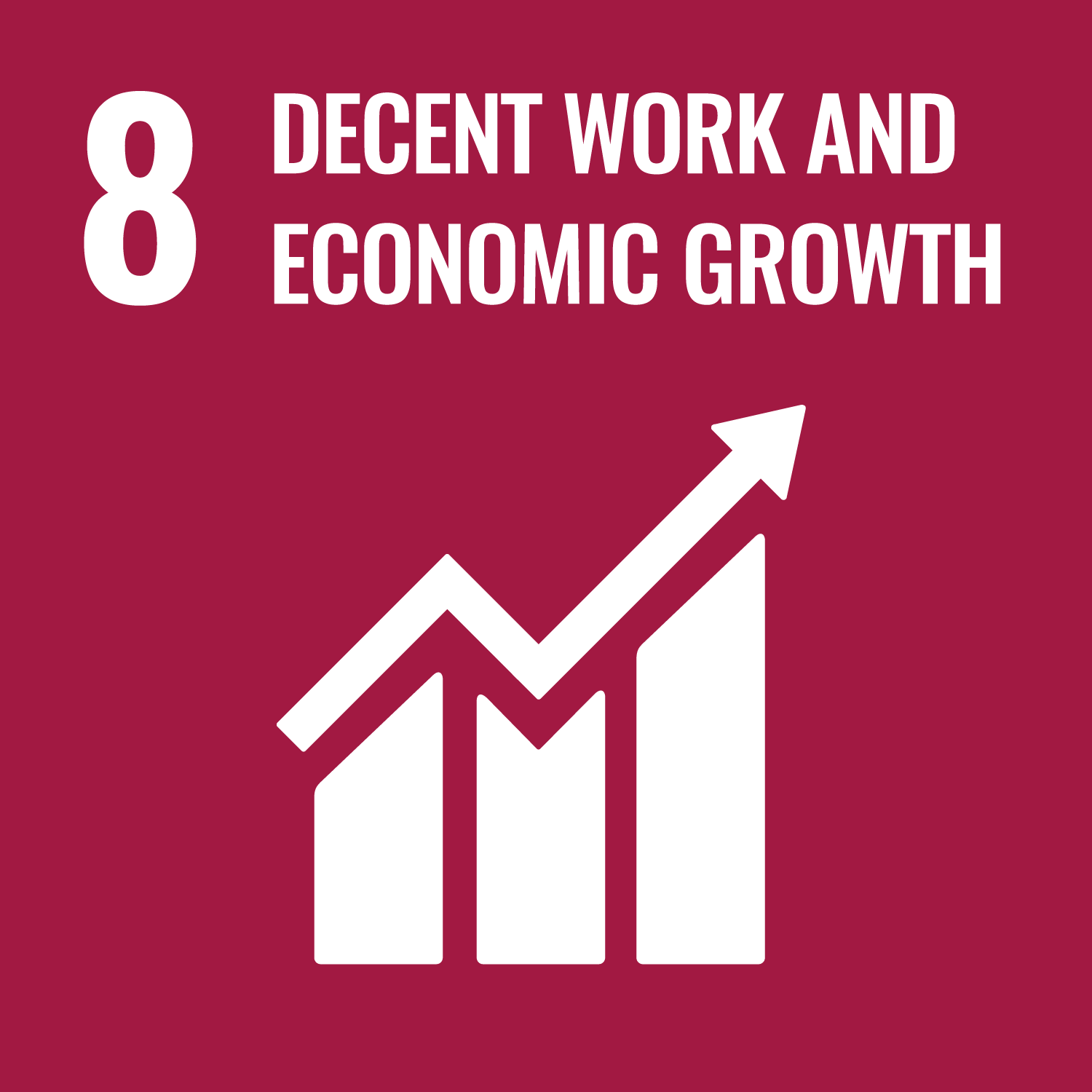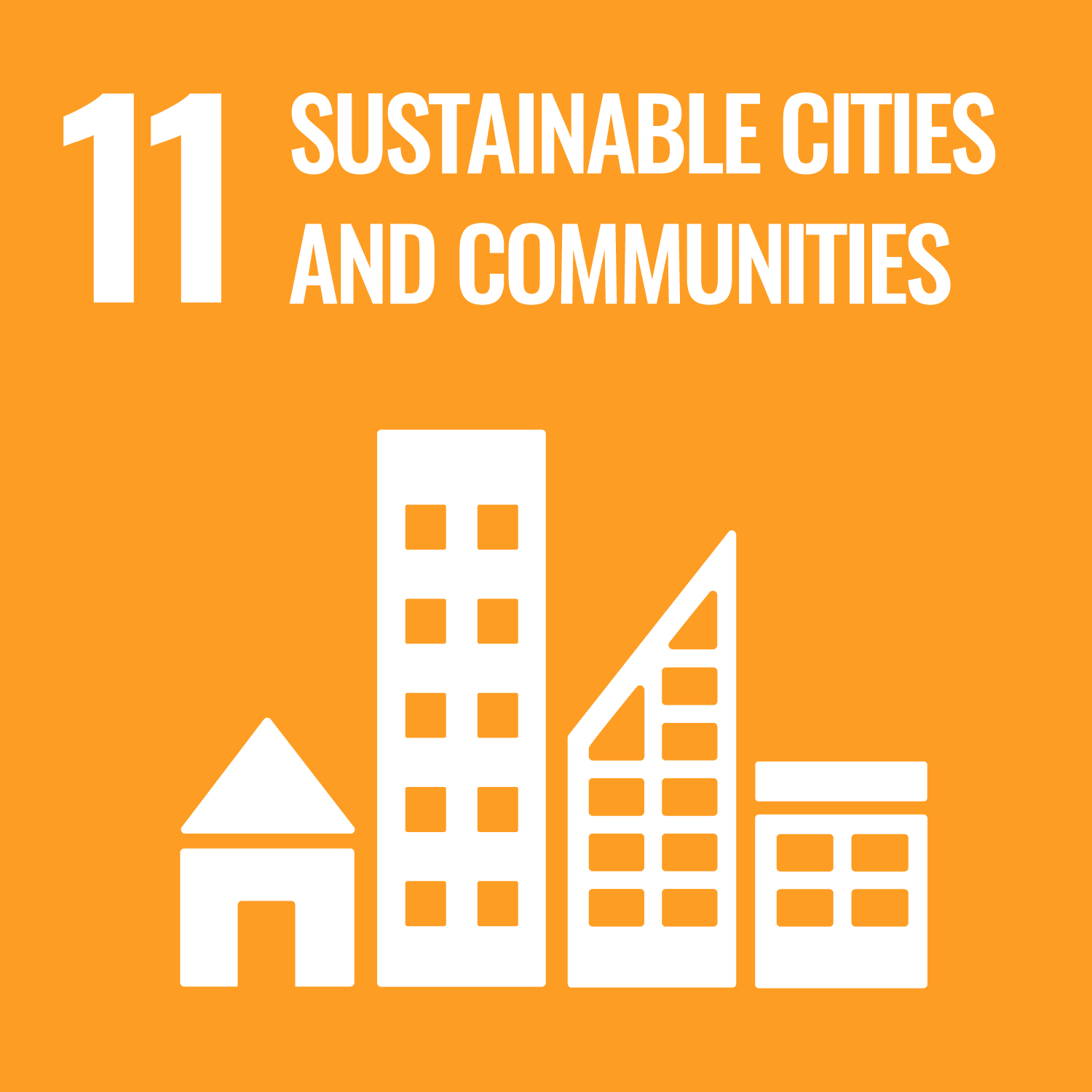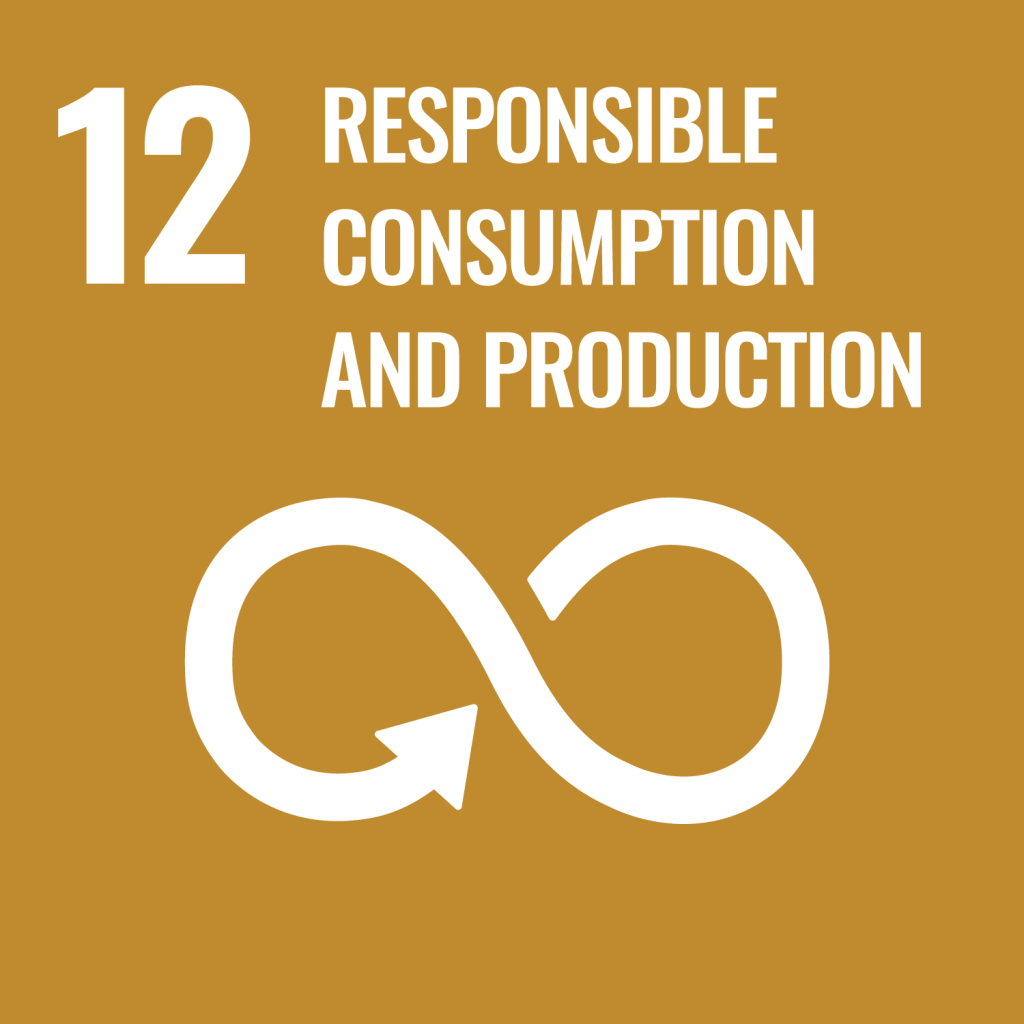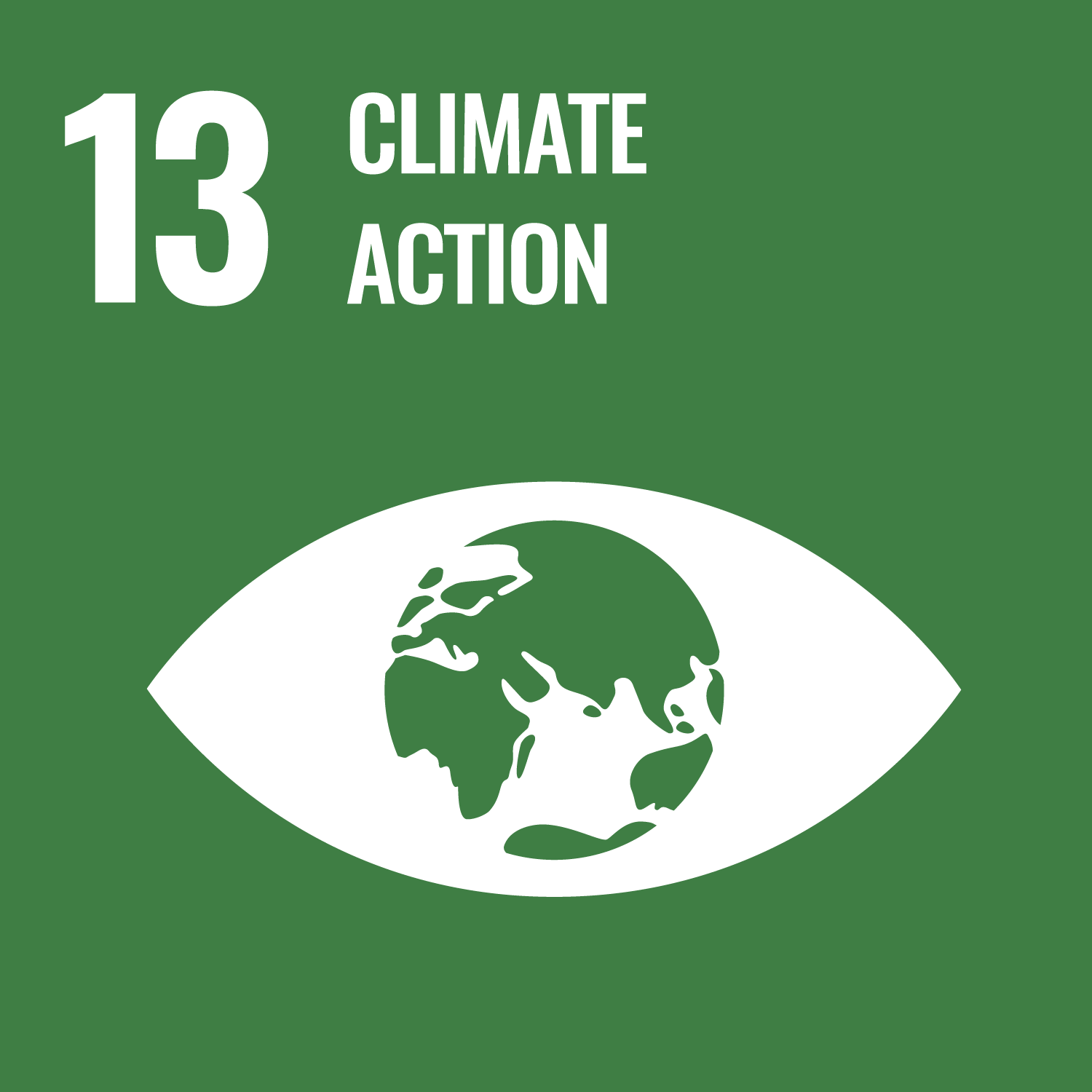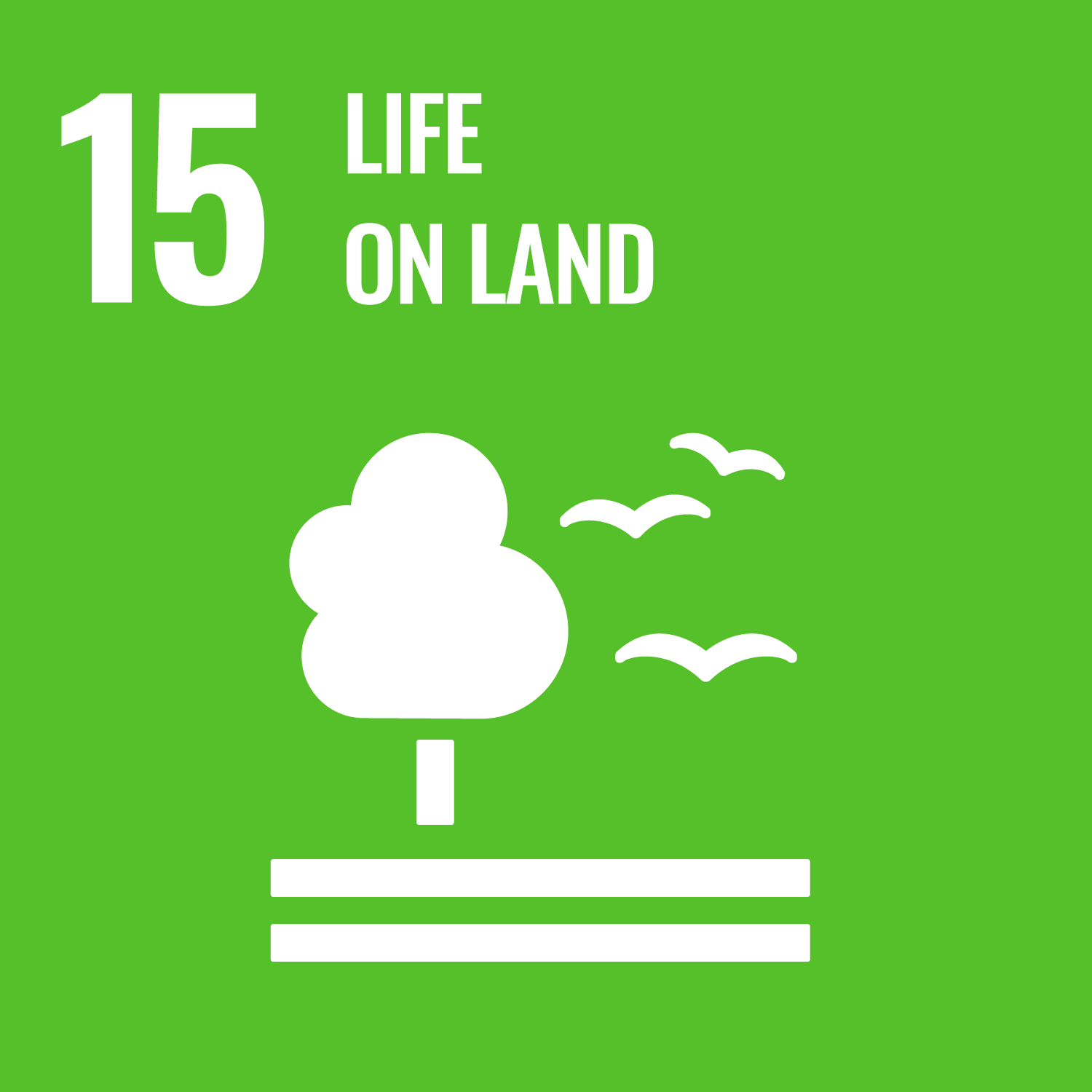Regenerative farm in Milokkokia
About the project
Rooted in family heritage since 1930, this 2.61-hectare property in northwestern Greece is being transformed from traditional grazing land into a model of regenerative, community-driven development.
By integrating ESG values and advancing key UN SDGs, the project combines agroforestry, native tree planting, and biodiversity restoration with productive fruit and nut systems, rotational free-range chickens, and a water pond that doubles as habitat and a community feature.
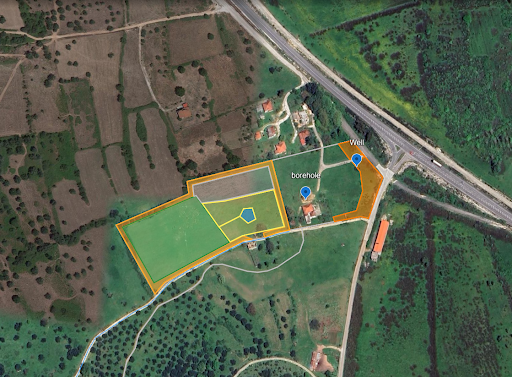
Objective
Transform historic family land into a regenerative agroforestry-based eco-community that blends sustainable food production, biodiversity restoration, and cultural tourism while delivering measurable ESG and SDG impact.
Impact
This project will generate economic impact through diversified income streams such as agroforestry, fresh produce, egg production, eco-camping, and cultural tourism; social impact by creating a cooperative community hub for education, cultural exchange, and local engagement; and environmental impact by restoring biodiversity, sequestering carbon, improving soil health, and establishing sustainable food systems in line with ESG and SDG principles.
How do we measure this impact?
Number of trees planted
Number of hectares restored
Tons of CO2 eq absorbed**
Community members involved
Students involved
Jobs created
Supporting this project means supporting the following SDGs:
Carbon Dioxide Offsetting Estimate
This 2.61-hectare project is estimated to absorb 150-250 tons CO2eq/hectare.
In total, an estimate of 400-650 tons CO2 equivalent will be absorbed in a 40-year period.
If you are interested in this project, reach out at:
